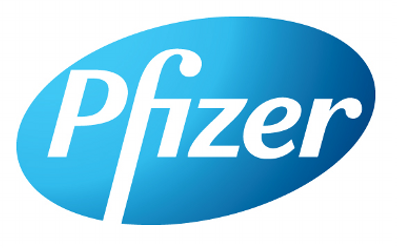Predicting clinical efficacy of Tofacitinib in Psoriatic Arthritis; TOFA-PREDICT
TOFA-PREDICT exploits a holistic approach by assessing multiple molecular layers in immune cells, imaging, and clinical markers from psoriatic arthritis (PsA) patients before and shortly after treatment. By applying several state-of-the-art technologies, analysing blood proteins (proteomics), image (MRI and radiography) analyses for tissue damage and inflammation, immune cell characterisation (cell-phenotyping) and activity (transcriptomics), and analyses of blood metabolites (metabolomics), the likelihood for successful biomarker identification increases. An integrated analyses of all platforms (bio-informatics) provides a prediction model for clinical response that will be validated in a second cohort.
PsA is a chronic, inflammatory, musculoskeletal disease that affects up to 30% of psoriasis patients. Current challenges in clinical care and research are the absence of availability of effective targeted personalised treatments. There is a need to predict, assess, and understand the diferent pathways underlying the disease and response to disease modifying anti- rheumatic drugs (DMARDs). The primary objective of TOFA-PREDICT is to determine the combination of key factors predicting Tofacitinib efficacy in PsA.
TOFA-PREDICT is an investigator-initiated, phase III, multi-centre, open-label, four-armed, randomized controlled trial. Clinical, molecular, and imaging parameters of 80 PsA patients will be integrated in an exploration cohort. DMARD-naive patients are randomized to methotrexate or tofacitinib. DMARD non-responsive patients are randomized to etanercept or tofacitinib. In a successive 80 patients the newly developed clinical response (multi-level) prediction model will be validated.
Treatment response is defined as minimal disease activity (MDA) at week 16. Clinical data and biosamples are collected at baseline, at 4 weeks and at 16 weeks. Images are collected at baseline only.For the first 80 patients, all information is gathered and mostly analysed at the different (omic) platforms. Integration of data will provide a prediction model for treatment response (part 1). Subsequently, this model will be validated in a subsequent 80 patient’s-validation cohort (part 2).




